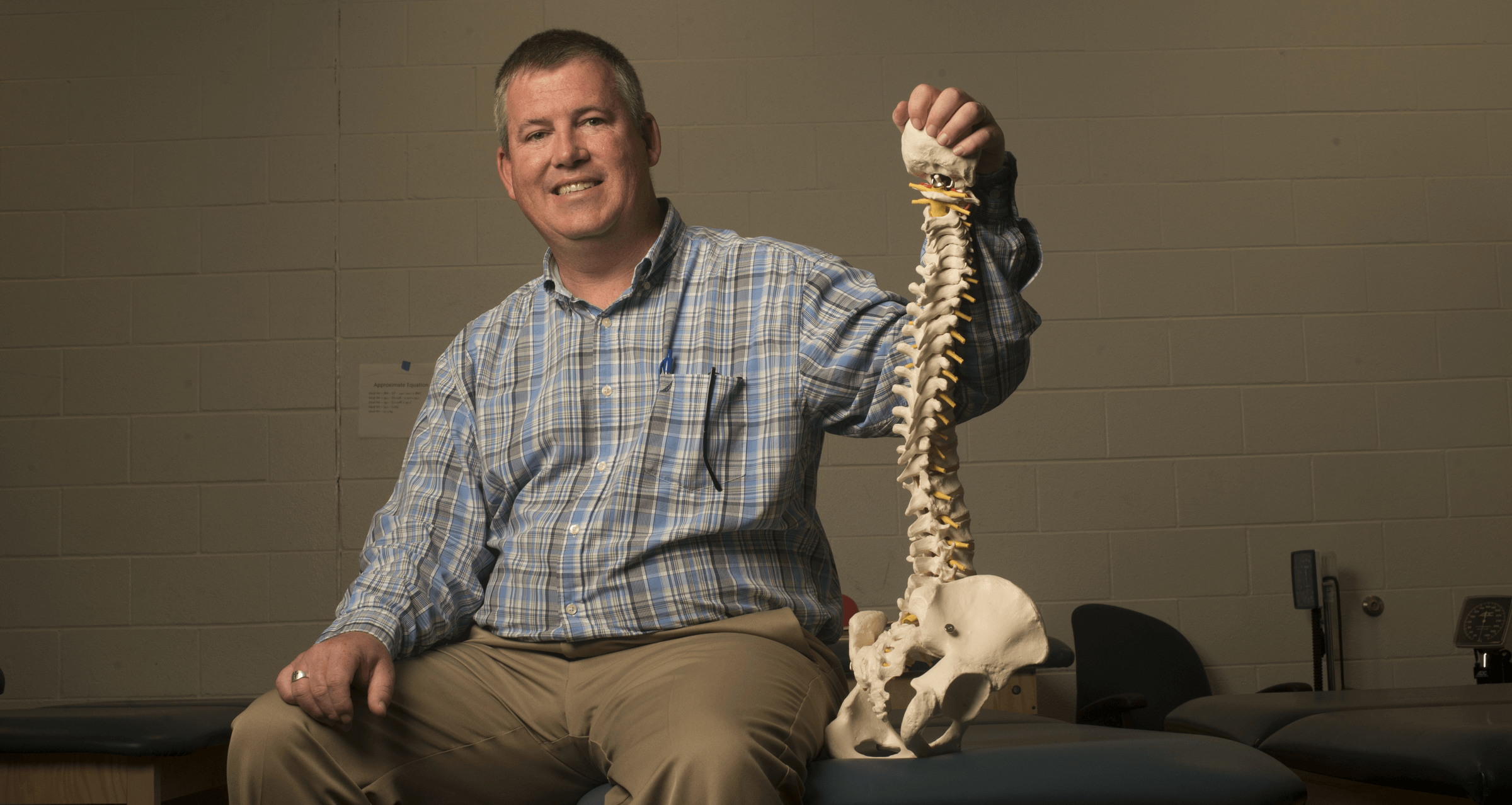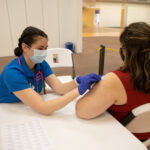Torso Injuries Present Major Risk to Athletes
Pensacola – Athletics and injuries go hand in glove.

Skeletal and muscular injuries are the most common type of injuries and traditionally get the most attention when it comes to prevention. However, during the past several years, the emphasis has been on understanding the impact of concussions. Rule changes now protect athletes at all levels from head injury. Dr. John Todorovich and his colleagues at the University of West Florida’s Department of Exercise Science and Community Health are leading the latest efforts for a “third wave” of injury awareness that focuses on the torso and abdomen.
The catalyst for this effort came from the death of Niceville High School football player Taylor Haugen in 2008. After his death, resulting from a massive liver rupture, Haugen’s parents formed The Taylor Haugen Foundation to promote awareness, education and the use of abdominal injury protection gear for high-school athletes.

Their primary goal is to make parents aware of and increase access to the torso and abdominal protective equipment that is available. After meeting the Haugens, Dr. Debra Vinci, associate chair of the Department of Exercise Science and Community Health, helped establish a funded project to learn more about these injuries.
“That was the catalyst for the research as well as inspiration to develop ways to prevent future tragedies of this sort,” Todorovich said. “It has become clear to myself and my colleagues that both acute and chronic injuries to the torso-abdominal region are something that we need to pay close attention to. Many argue that serious injury in this area is relatively rare. We counter by indicating that the information we have is not very robust. It only accounts for the most serious injuries and fails to account for injuries that result in problems at a later time.”
Todorovich said his long-term goal is to develop a universal protocol for assessing torso-abdominal injuries that occur in sports and other settings of physical activity.
“It seems logical that we would develop a computer application for guiding the assessment and reporting the injury,” Todorovich said. “If the protocol and application are successful, we should then be able to develop a database that can be used to pursue additional questions and long-term surveillance of injuries to this area. This is likely to result in new protective procedures and practices, as well as, better protective equipment.”
Todorovich will discuss torso and abdominal injuries and prevention July 30 at the Heat, Heart and Head Sports Injury Prevention Symposium at the University of Florida in Gainesville.
“My main message will be, ‘Coach well and encourage young athletes to play hard, but keep safety in mind,’” Todorovich said.
“I think a secondary message will be to impress upon the coaches that kids have a misunderstanding of the risks they do and don’t actually face while playing sports. When we are their coaches, we have a responsibility to not only teach them to play the game but to play it well, which includes using all safety procedures and equipment.”



